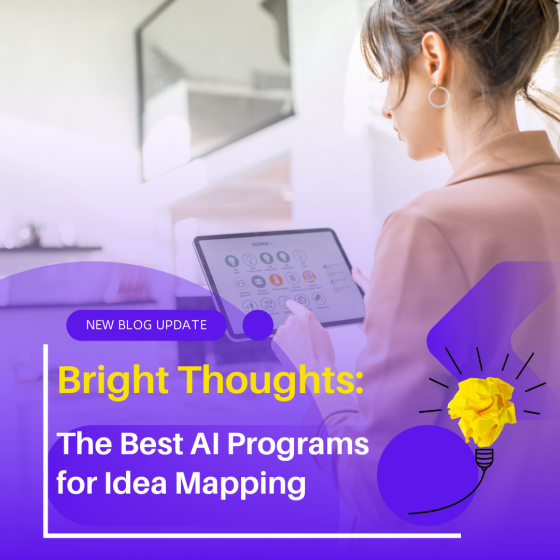Bright Thoughts: The Best AI Programs for Idea Mapping: A Comprehensive Guide with Pricing
Cultivating Dynamic Learning Communities: Navigating Challenges and Harnessing Influence
Key Aspects of Needs Analysis: A Comprehensive Overview
Unveiling the Strategic Landscape of Remote Onboarding
Navigating the Future: Instructional Design in 2024





